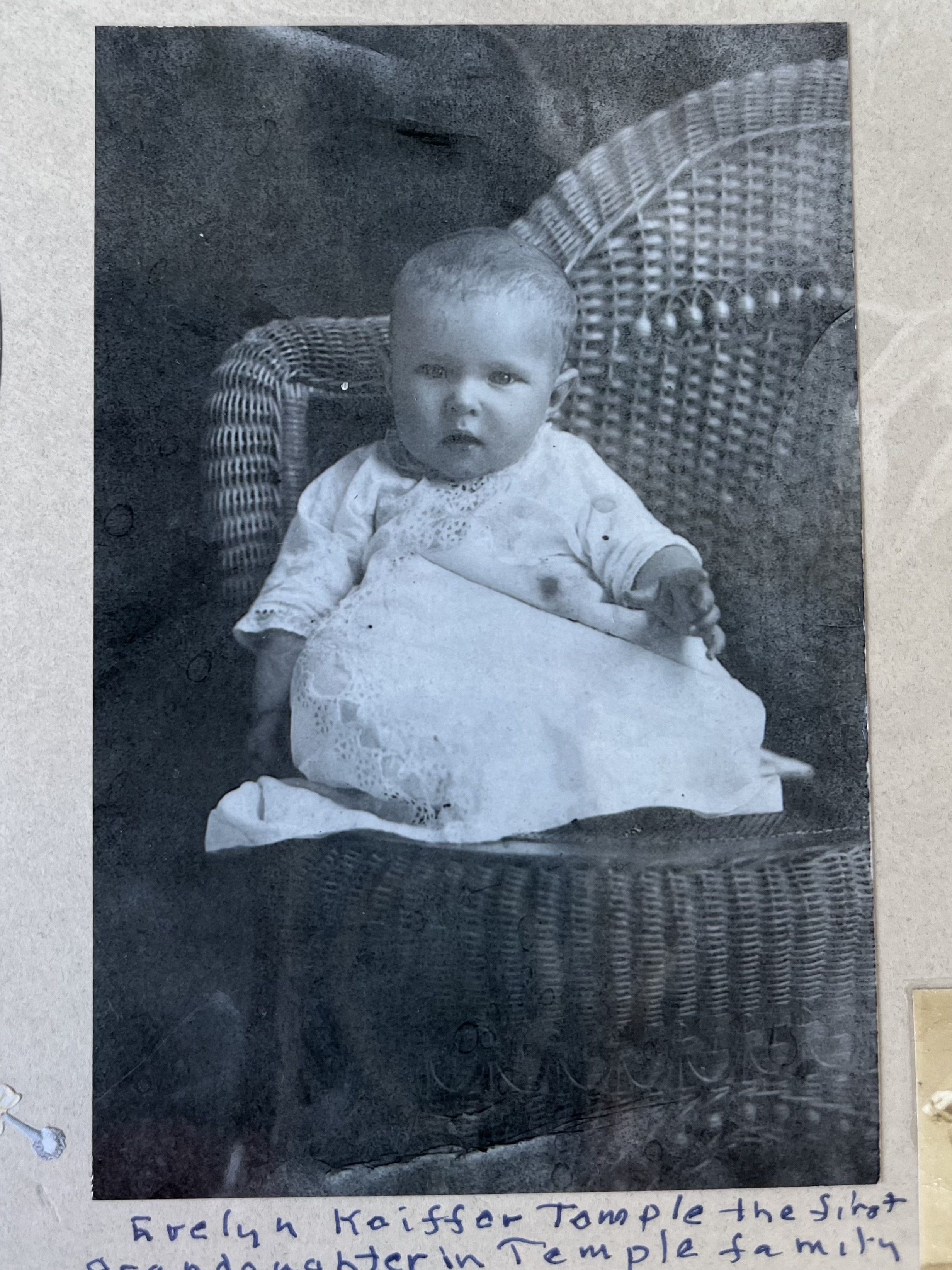My philosophy on keeping little old things
This week on Instagram, I shared the story behind this tiny chair in Dylan’s room. It’s a humble chair—nothing special. But in 1916, my grandmother used it to learn how to walk.
The story goes that baby Evelyn would flip it on its front legs and scoot it along the wooden floors of her parent’s farmhouse in Leveland, South Carolina.
She was a Rosie Riveter in World War 2, ran a thriving country store with my grandfather, and outlived three husbands. She was devoted to Larry King Live, chilled snickers bars, and fresh tomatoes plucked from her garden with a heavy dollop of Duke’s mayo and salt. Like a good Baptist, she bragged about never having tasted a sip of alcohol, but I feel certain she would’ve secretly savored a crisp gin and tonic after a long day of cutting grass (which she did on her own until she was 90ish).
Pieces that are rich in history—whether from own family lineages or not—tether us to the past and offer character that just can’t be replicated by something new.
Evelyn never owned fancy furniture or clothes; she didn’t have pricey jewelry to pass down or a collection of really fine china. But my Mom has her garden hoe, which was basically her most prized possession. We all have recipe cards written in her handwriting and a video someone in her church made of her proudly cutting her grass at 90.
I love finding creative ways to decorate with old things: framing vintage hankies, storing old photos in a pretty bowl in the living room for guests to flip through. I love the work of The Heirloomist, a photographer who captures people’s old belongings in a modern way.
Fill your home with stories of love and life—no matter how little—and the difference will be felt.
Evelyn Keiffer Temple, 1915
Evelyn and George Banister, Panama City Beach, WWII era
Evelyn with myself and my brother, Graham, 1984




